You have no items in your cart. Want to get some nice things?
Go shopping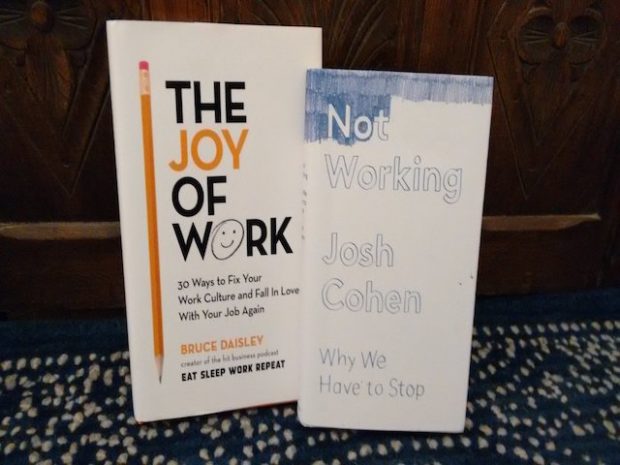
A few weeks ago, I missed the christening of my friend’s first baby. ‘I’d love to be there,’ I texted by way of apology, ‘but I have to work.’ She – and (if I’m honest) I – knew that I didn’t have to work. It was Sunday morning. I am not a doctor. No lives were in my hands. But my to-do list felt like a matter of life and death. I had an edit to finish and a book to review. My washing basket was full, while the fridge stood empty. I’d told myself I’d go for a run. How could I rest until I’d ticked off every last thing?
Realising I needed to find a way to subdue the musts and shoulds ruling my schedule, I turned to two books published in January: Not Working by Josh Cohen, and The Joy of Work by Bruce Daisley. Although these books sound antithetical – one advocating an end to work, the other celebrating its pleasures and rewards – both contest the value of our current workaholic culture.
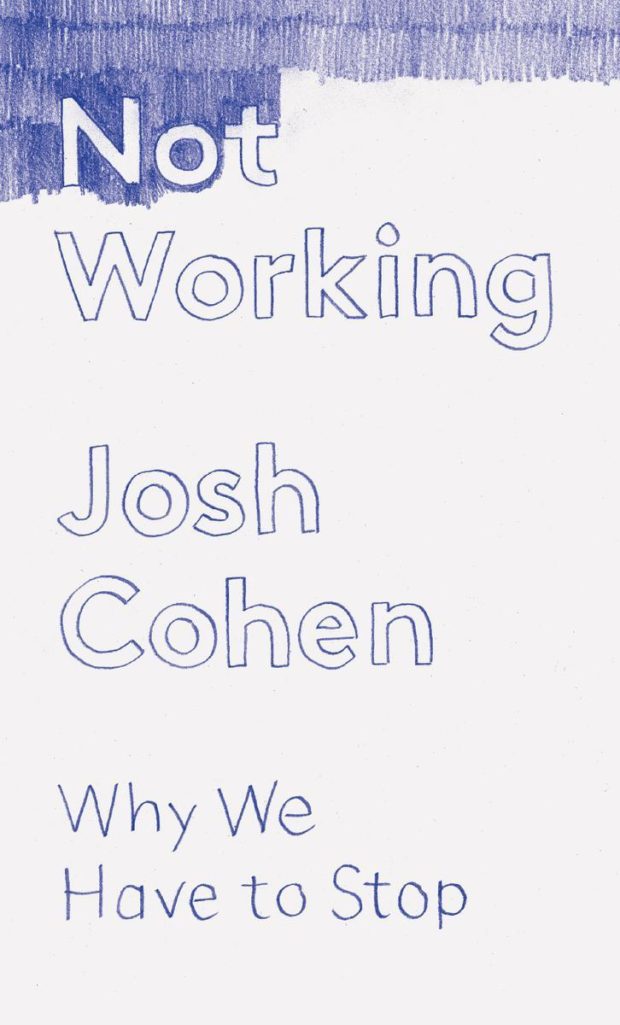
In Not Working, psychoanalyst Josh Cohen argues that relentless activity is making us ill. We have become ‘creatures of action and purpose’, driven by a need to achieve, accumulate and compete. Work is no longer confined to office hours. Our smart phones bombard us with information from the moment we wake up to the moment we go to sleep. We are constantly connected, always on, primed to fill every interval of rest or silence, on the train or at the dinner table, with a stream of emails, social media, videos and games. Is it any wonder we are exhausted and burnt out?
In Japan in the early 1990s, psychiatrist Saito Tamaki came across so many young people who had become withdrawn, retreating to their homes in a bid to isolate themselves from society, that he came up with a name for them, the hikikomori. Swamped by choice and possibility, and irritated by their own reluctance to participate, they could find no place for themselves in the world. For Cohen, the hikikomori are the collateral damage of our culture of ‘permanent distraction and activity’ – and the only way for us to avoid a similar fate is to stop.
Drawing on Freud’s idea of our ‘desire for non-desire’, Cohen rejects work as its own justification. He urges us to be rather than simply do and looks to art to provide a model for personal fulfilment. Of his four archetypes – the burnout (Andy Warhol), the slob (Orson Welles), the daydreamer (Emily Dickinson) and the slacker (David Foster Wallace) – I identify most closely with the burnout, compelled to do too much, yet secretly wanting to do nothing at all.
Cohen belongs with the dreamers and slackers. He grew up with his head in the clouds, struggling to pay attention to anything that didn’t interest or excite him. His heroes were fictional dissidents and shirkers: Homer Simpson, Jeff Lebowski, Garfield and Snoopy. During his PhD, he began to feel anxious and ashamed of his tendency to idle until he realised the rhythms of his curiosity did not adhere to the standard working day. He could spend an enjoyable week doing not very much at all and then respond to a burst of creativity by pulling several all-nighters. Rather than discipline, he links his productivity to indiscipline.
It’s a persuasive and compassionate view. In a culture that values work and demonises idleness, how comforting to be told it’s all right to stop and not lose meaning or creativity in our lives. Emily Dickinson’s withdrawal into solitude is shown not to stem from failure or disappointment but a bid for ‘personal and literary independence and imaginative freedom.’ Tracey Emin’s 1998 installation My Bed is beautiful and essential. By preserving the tangled towels and sheets, empty vodka bottles, cigarettes, tampons, condoms and tissues of her breakdown, she honours the role inertia played in helping her to recover from heartbreak.
But Cohen’s examples from the world of art and literature are rather extreme. While he touches on universal basic income and increasing automation and looks ahead to a time without the necessity of work when we might be able to discover what we truly want to do and who we want to be, he doesn’t provide a code for stopping now. I also can’t help but wonder about the work of parenthood, and how those with small children could hope to achieve ‘pure selfhood’ given the daily demands on their time and energy.
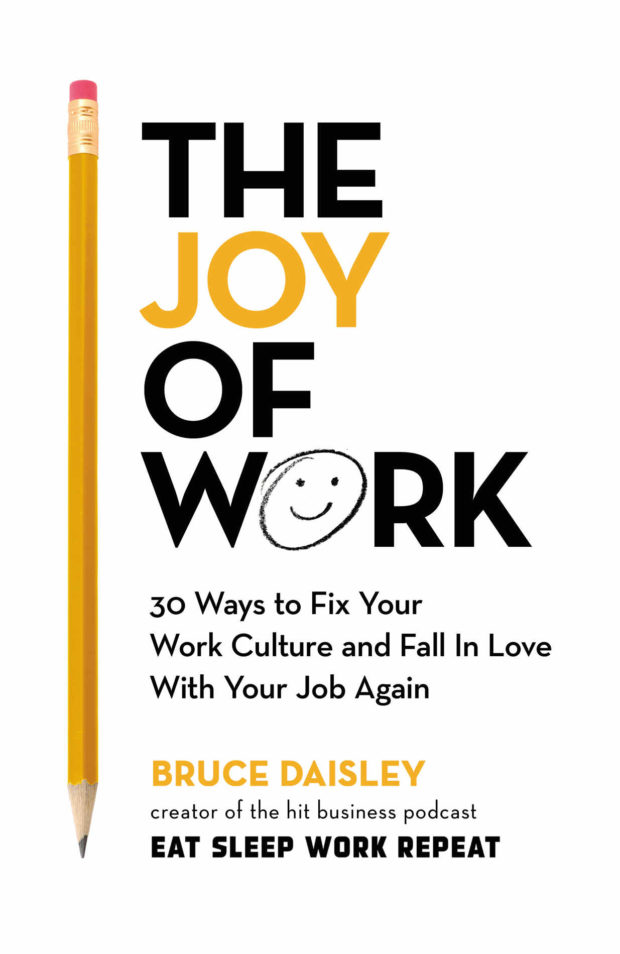
By contrast, Bruce Daisley, European Vice-President for Twitter, promises a more practical approach in his book The Joy of Work. Like Cohen, he views our culture of work as broken, citing one study that found over half the UK workforce were feeling burnt out. He refuses to celebrate overwork at Twitter and wants to eliminate ‘hurry sickness’ (the fear that no matter how hard we try we won’t be able to get everything done). But rather than opting out, he believes we can fall back in love with our jobs by adhering to his thirty hints and tips to make what we do more fulfilling, productive and enjoyable.
Several of his strategies involve stopping or at least pausing. To combat distraction, he advocates ‘Monk Mode’, where employees engage in several hours of creative deep work away from the office and the constant interruption of emails. He recommends headphones to combat background noise, working fewer hours to preserve focus, reclaiming one’s lunch hour, keeping meetings small and turning off notifications. So far, so good – but not especially radical.
More interesting is Daisley’s discussion of loneliness, which he lists alongside distraction and busyness as a key failing of the modern workplace. Open plan was designed to bring people closer but in a vast sea of seats individuals can feel isolated and anonymous, unable to reach out or connect on a personal level with colleagues. While collective tea breaks, social meetings and taking time to say hello when someone starts might seem trivial, Daisley argues that these add up to an environment where workers feel supported, energised, able to ask questions, challenge and innovate.
In short, Daisley wants us to be while we do. He acknowledges the role that work plays in our lives, that it provides meaning and purpose, and believes we can improve our lot within the system. Cohen’s edict to stop is more revolutionary but no less sympathetic. His assertion that we are not machines, set to perpetual motion until we break, is utterly convincing. Neither author sees work simply as means to an end, nor is it the end. If we are to thrive rather than merely survive, we must value non-work alongside work, and make a space for simply being. While I suspect that cutting back is quite hard in practice, both books have encouraged me to re-evaluate my priorities and how I spend my time. Note to self: the washing can wait.
Not Working by Josh Cohen (Granta) and The Joy of Work by Bruce Daisley (Cornerstone) are out now
About Jennifer Kerslake
Jennifer Kerslake is an editor and writer. Born in Devon, she now lives in London where she works for the Orion Publishing Group.


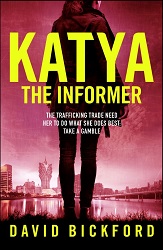
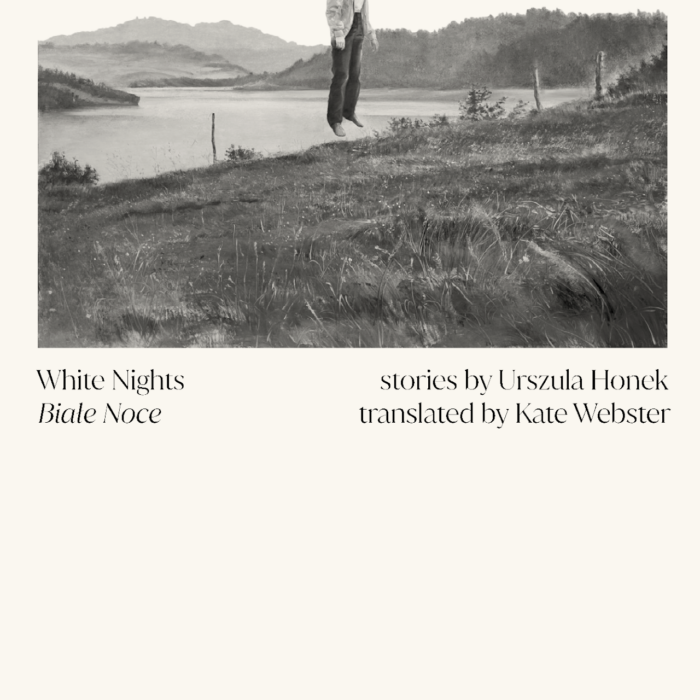

Just need the time to buy them ! Then find the time to read them then to remember to put them in a bag to travel on holiday with , then get upset you have forgotten them, then try to find them at Heathrow the flight is being called grab a newspaper and a magazine that makes your fingers inky go on holiday and stress that you missed the opportunity of reading something that might explain what just happened ? sigh and think I don’t even breath anymore and my kids are over 20 .. I still drink the same boring cocktail of workaholics .
No one even cares any more other than our children ( if we are lucky ) a few treasures friends and a mother who never gives up worrying
Then like mine she dies in my arms at Christmas and I thought I should tell her I’m worried about everything and she is no longer there .
Too much time picking fruit out of season